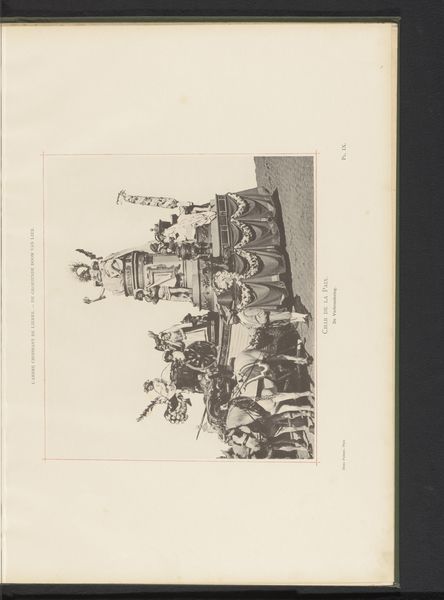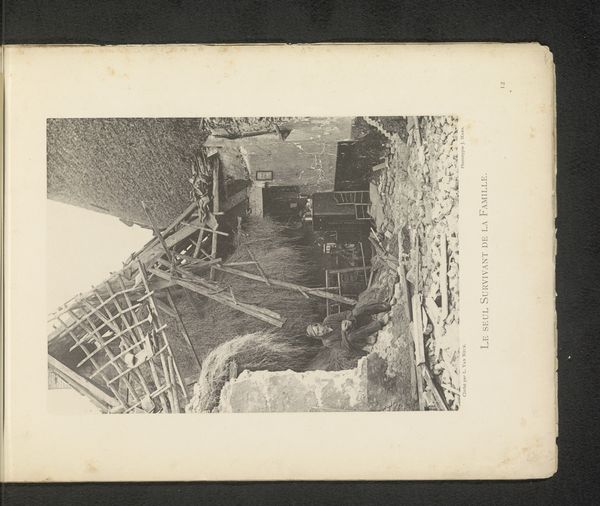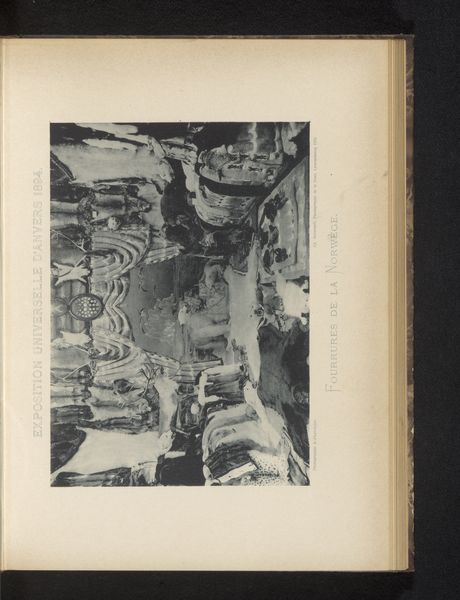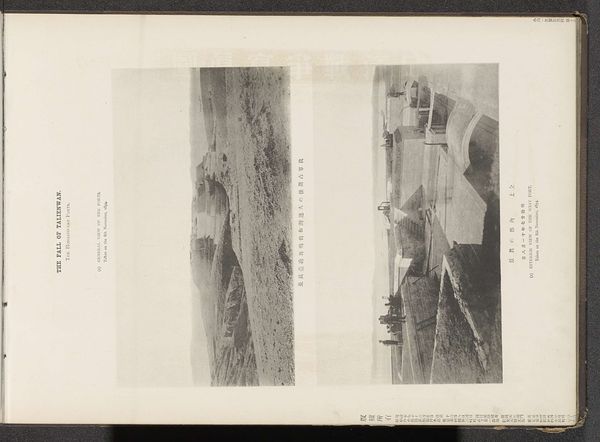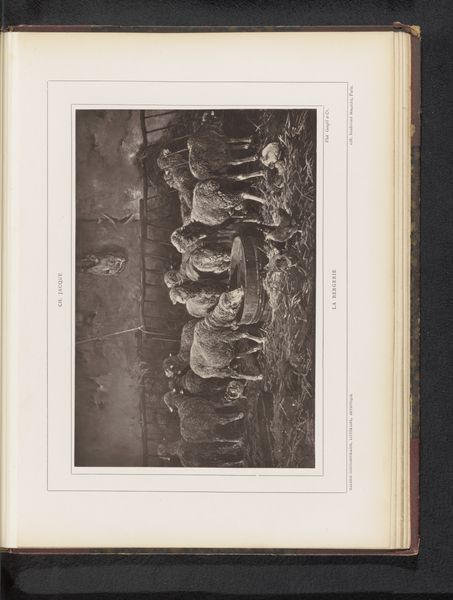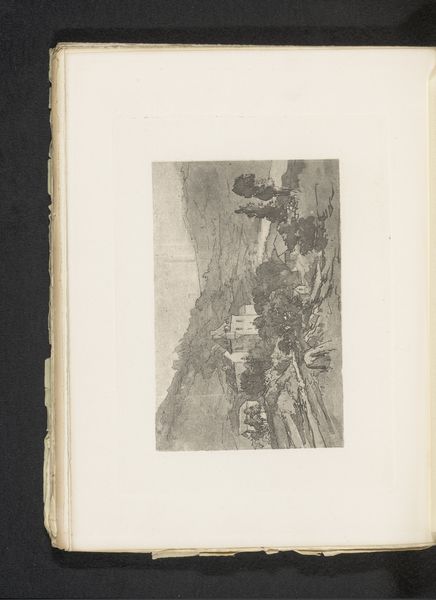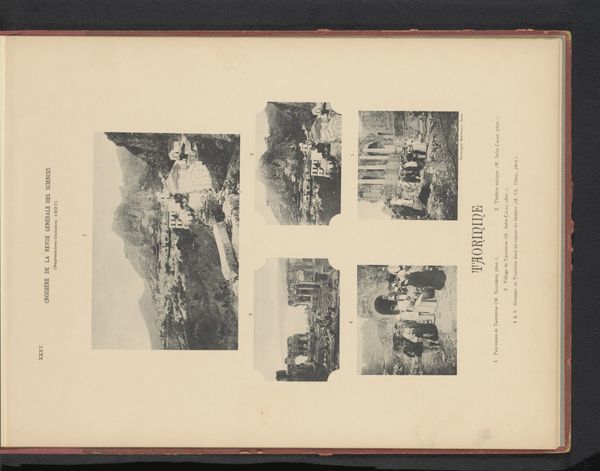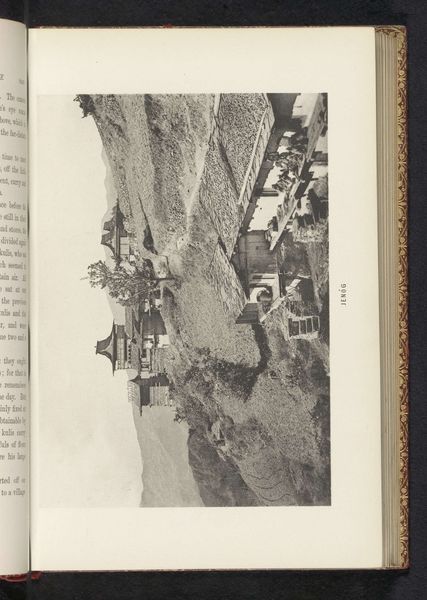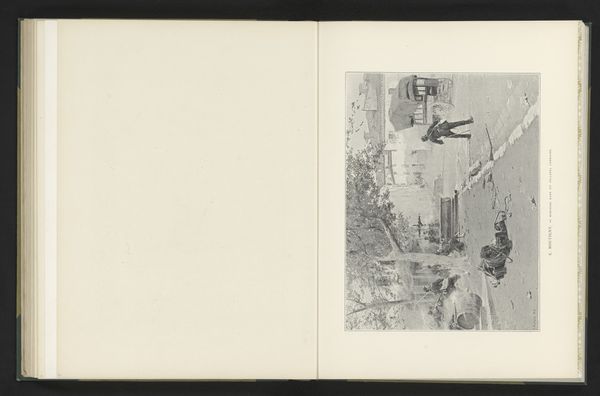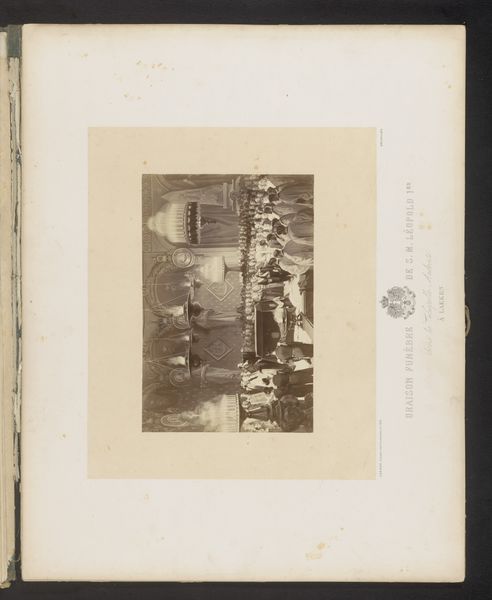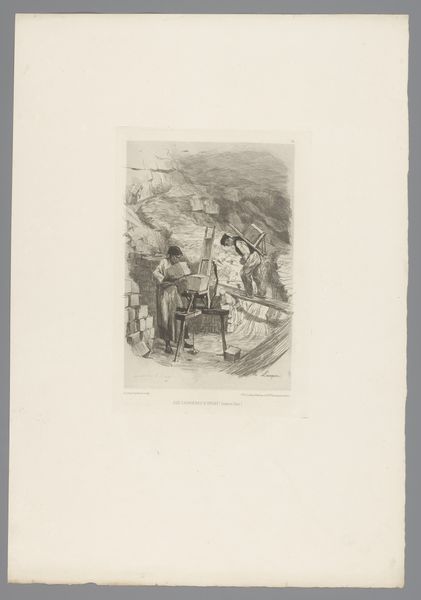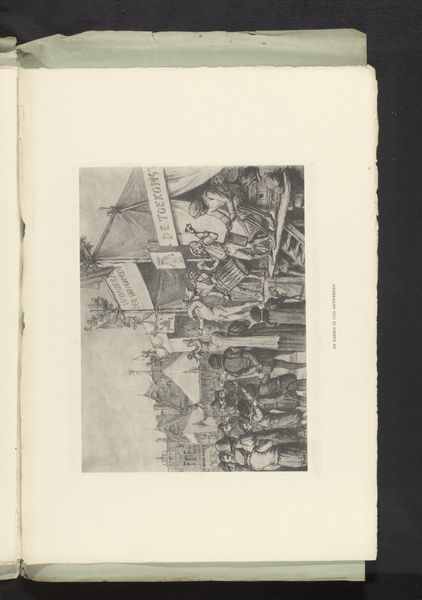
print, photography
# print
#
landscape
#
photography
#
realism
Dimensions: height 107 mm, width 171 mm
Copyright: Rijks Museum: Open Domain
Editor: So, this photograph by Joseph Maes, titled "Twee runderen voor een kar," or "Two cattle before a cart," was taken before 1899. It's a print, capturing what appears to be a landscape scene. I find it striking how ordinary the scene is, yet there’s something compelling about its realism. What catches your eye when you look at it? Curator: Immediately, I see the powerful symbolism of the cattle. Oxen often represent hard work, patience, and sustenance. They’re archetypal images linked to agriculture and survival. In this composition, the cattle’s placement before the cart suggests a reliance, a dependency, and perhaps, even burden. Note the environment; the Ardennes region is historically a rural, often challenging landscape. Editor: Burden? Could you elaborate? Curator: Consider the weight these animals bear, both literally and figuratively. The cart itself likely carries goods, resources essential to life in this region. It could represent commerce, family provision, or simply daily life. What textures do you observe in the surrounding scenery? Editor: I see dense foliage and stacked materials. Is the landscape contributing to your interpretation of burden? Curator: Indeed. The natural environment, implied labor, and use of bovine imagery establish deep symbolic echoes – the perseverance of rural communities amidst hardship, rendered through a powerful and visually economic piece of photography. The light feels rather solemn, yes? Does that contribute to the overarching theme for you? Editor: Definitely, it's almost as if the lighting adds weight to the scene. I hadn't considered all of that initially. I see it differently now! Curator: It's a quiet scene brimming with a cultural narrative that whispers stories of resilience. It reminds us of how vital images are in reflecting society.
Comments
No comments
Be the first to comment and join the conversation on the ultimate creative platform.
